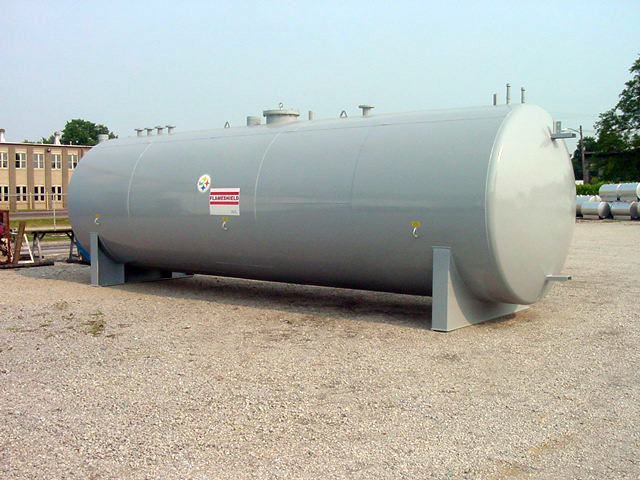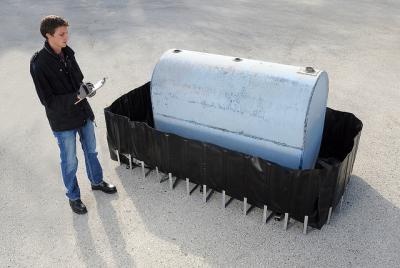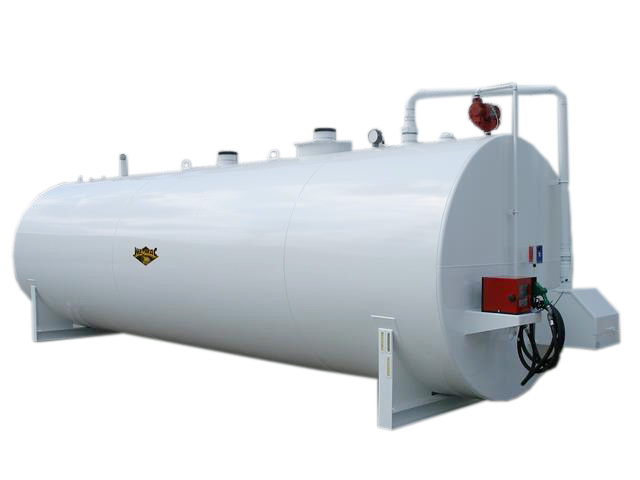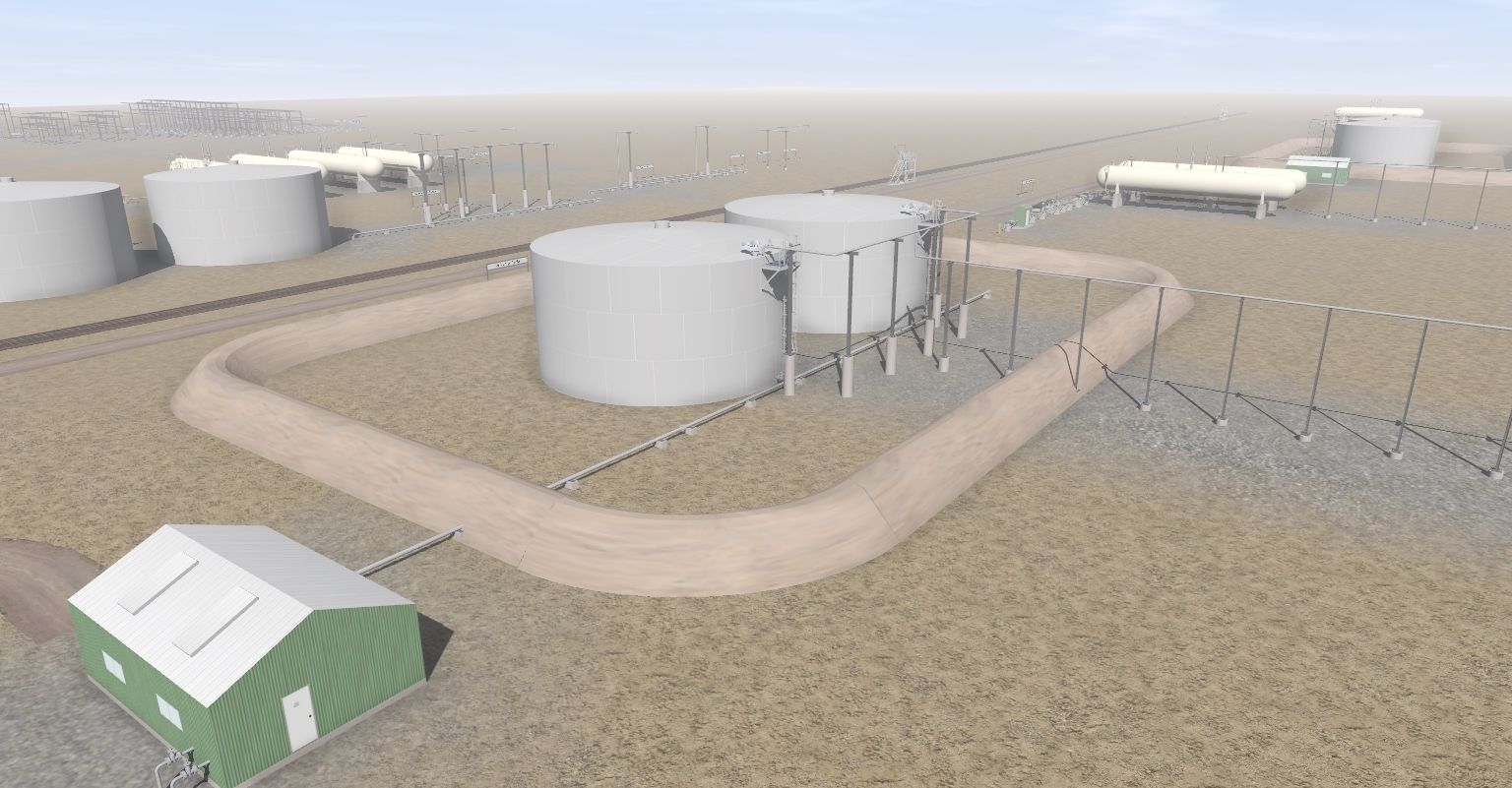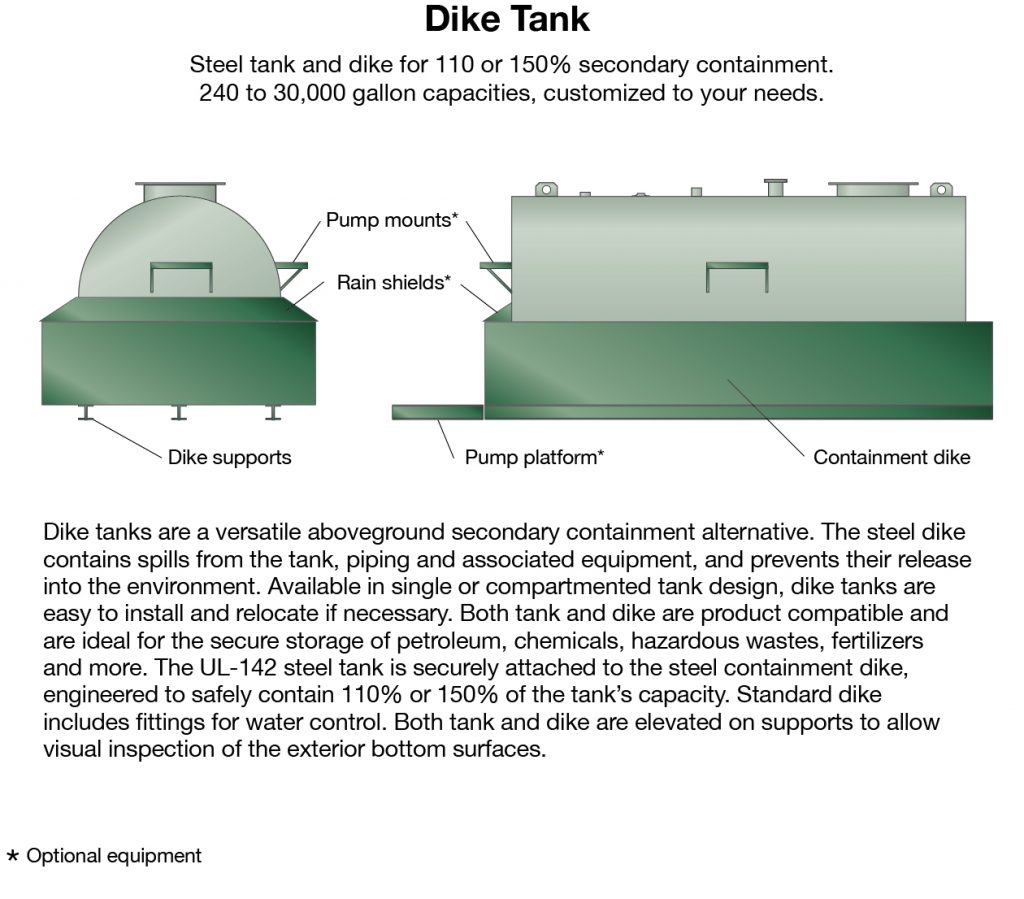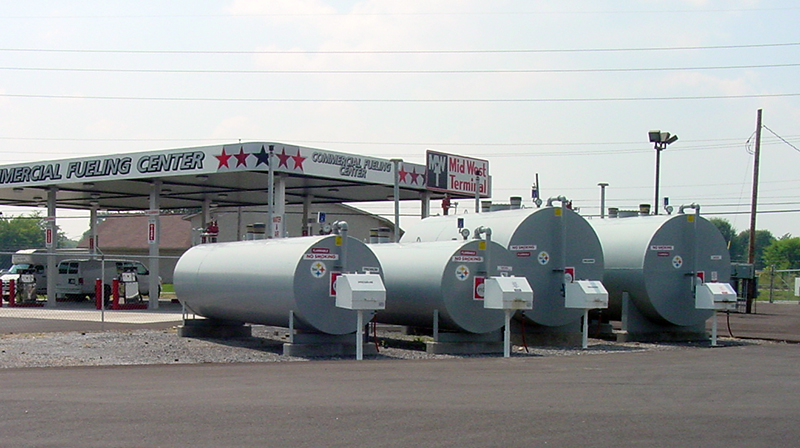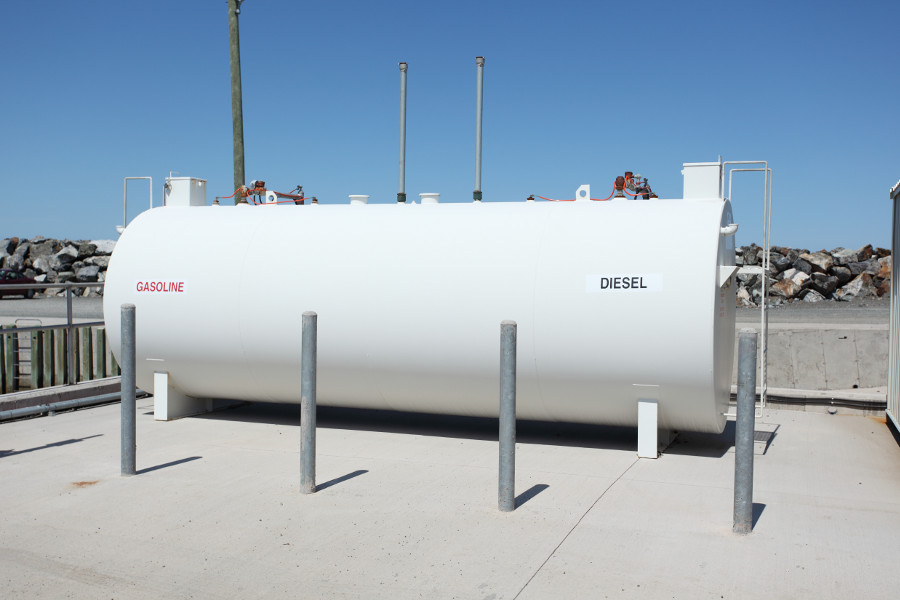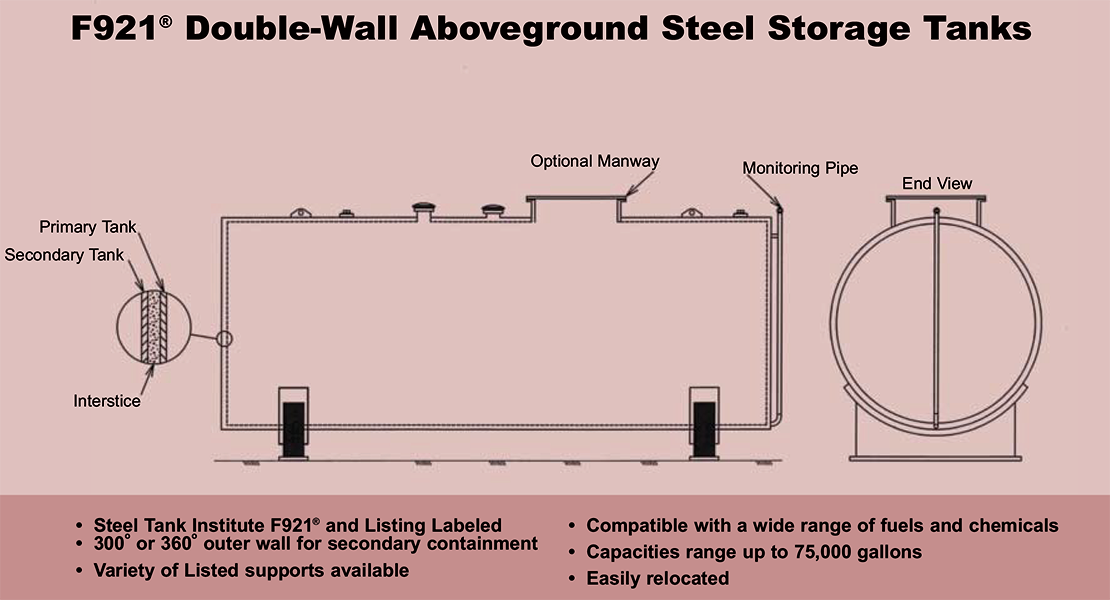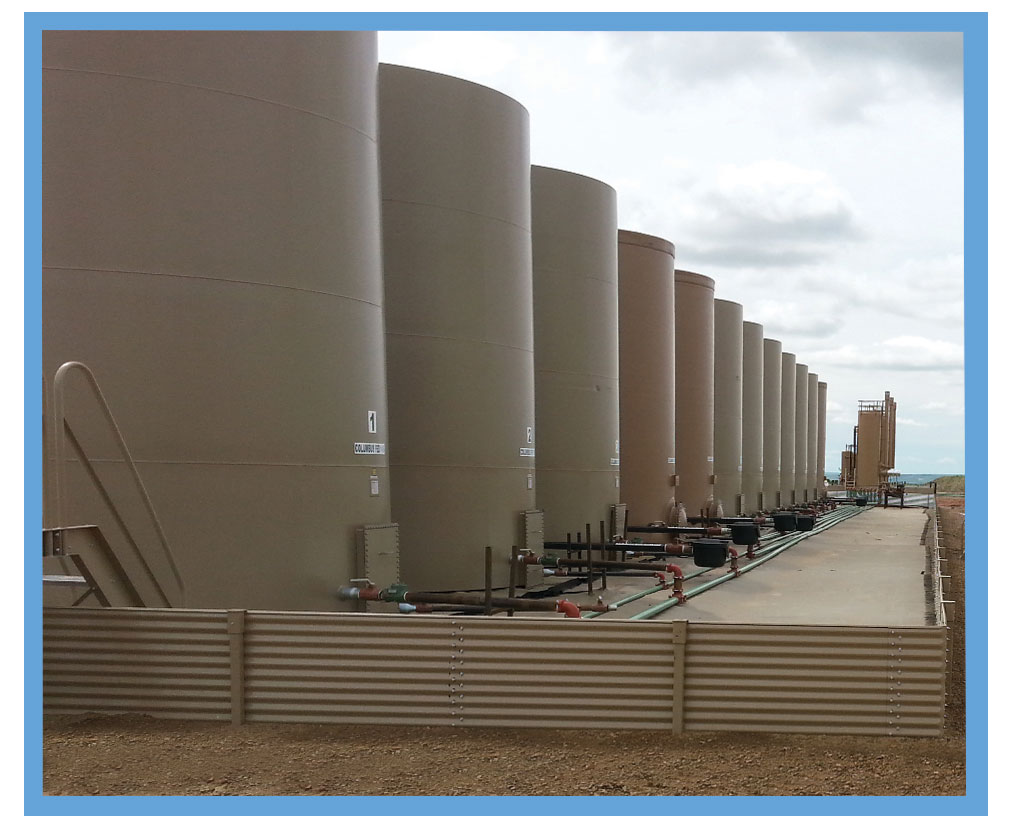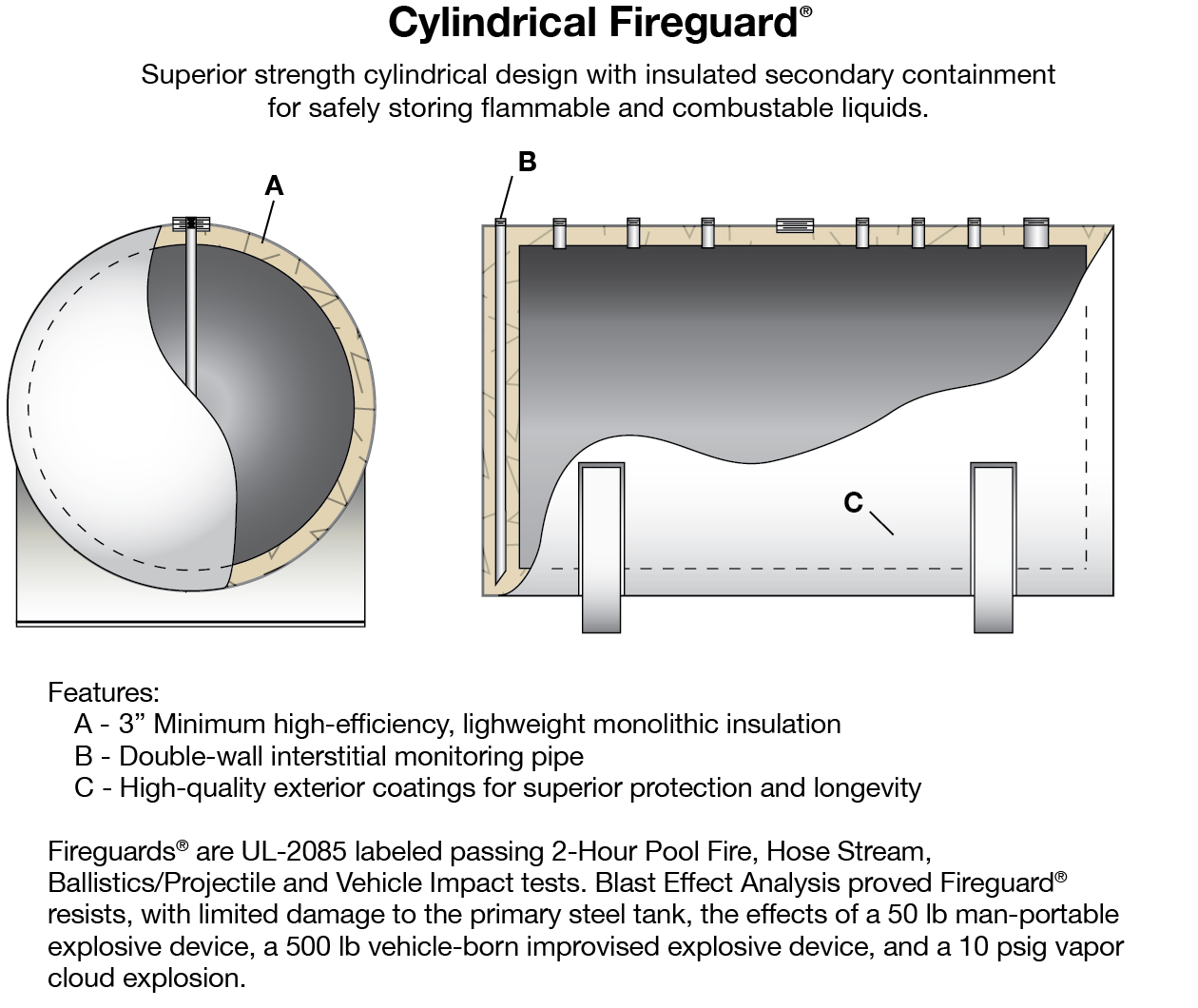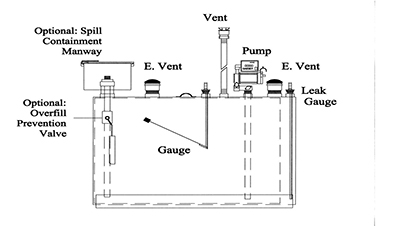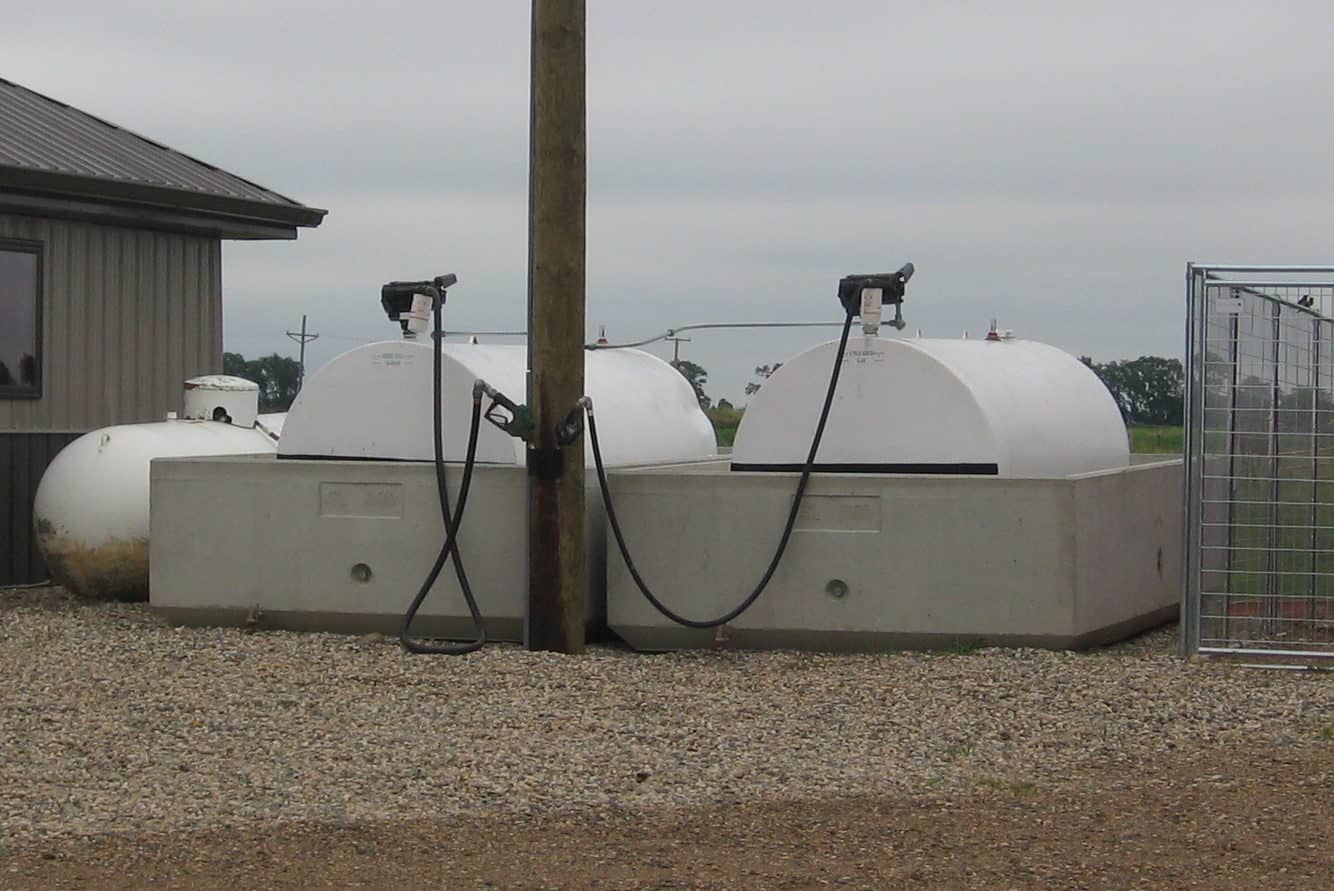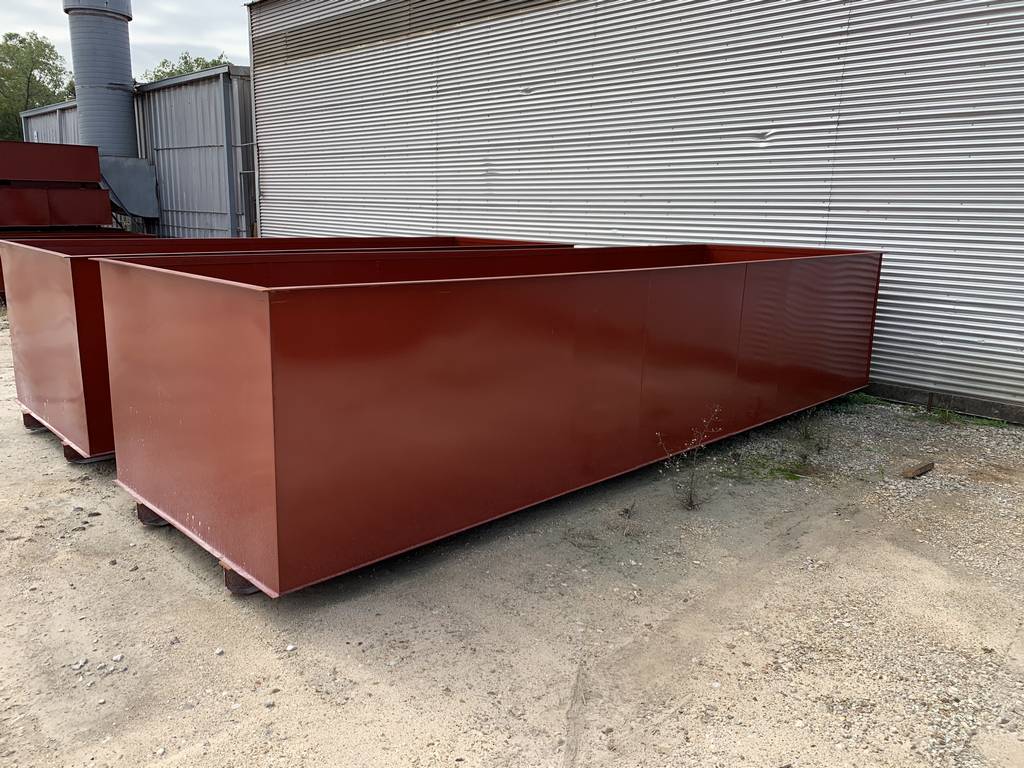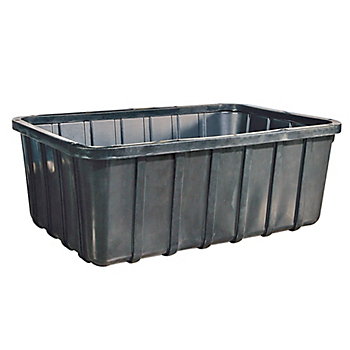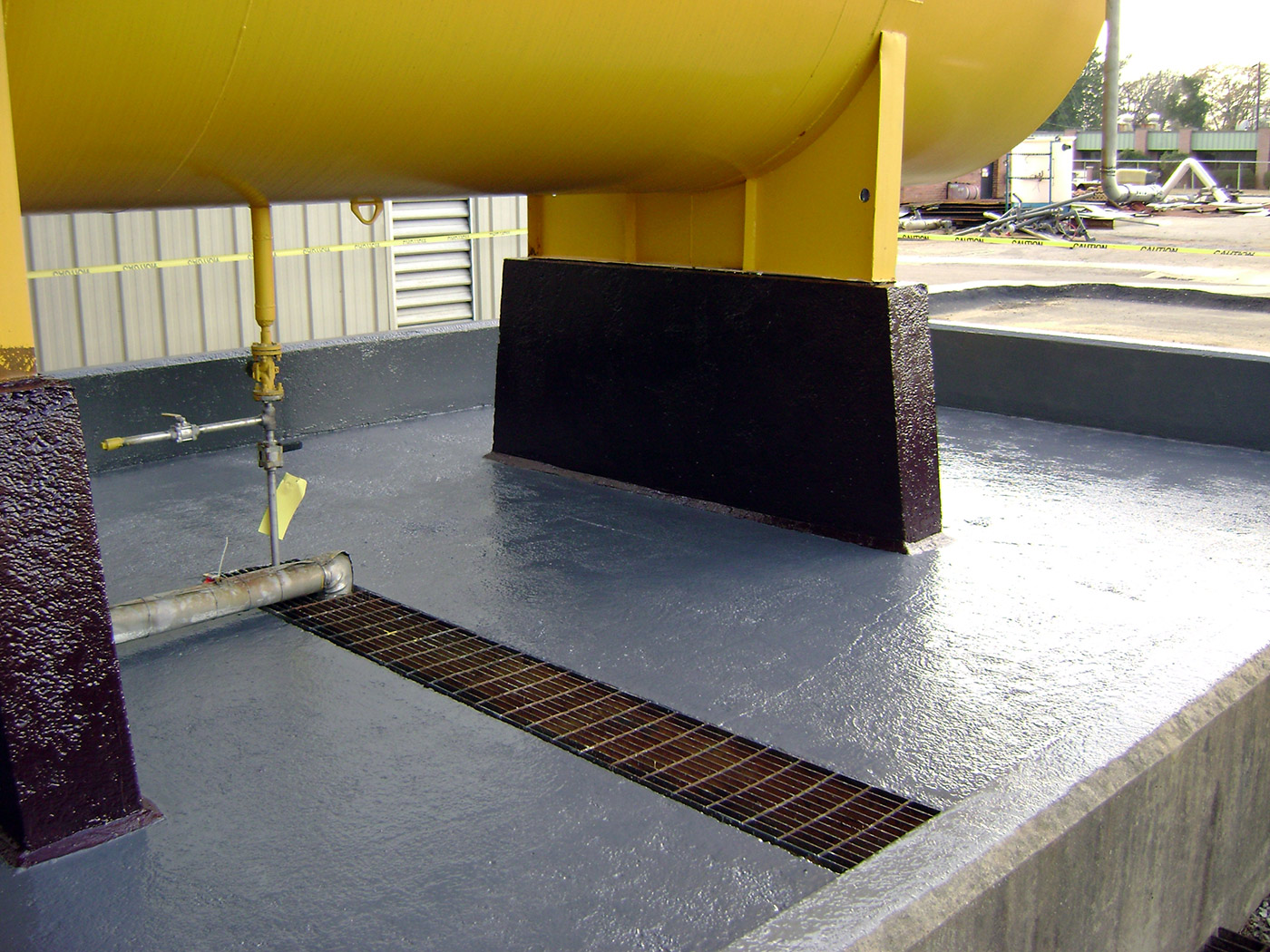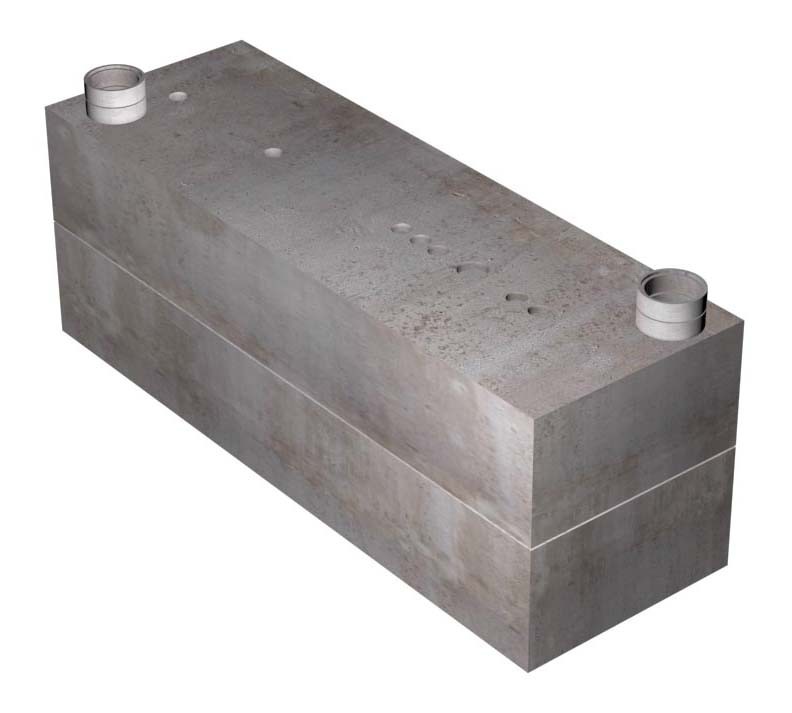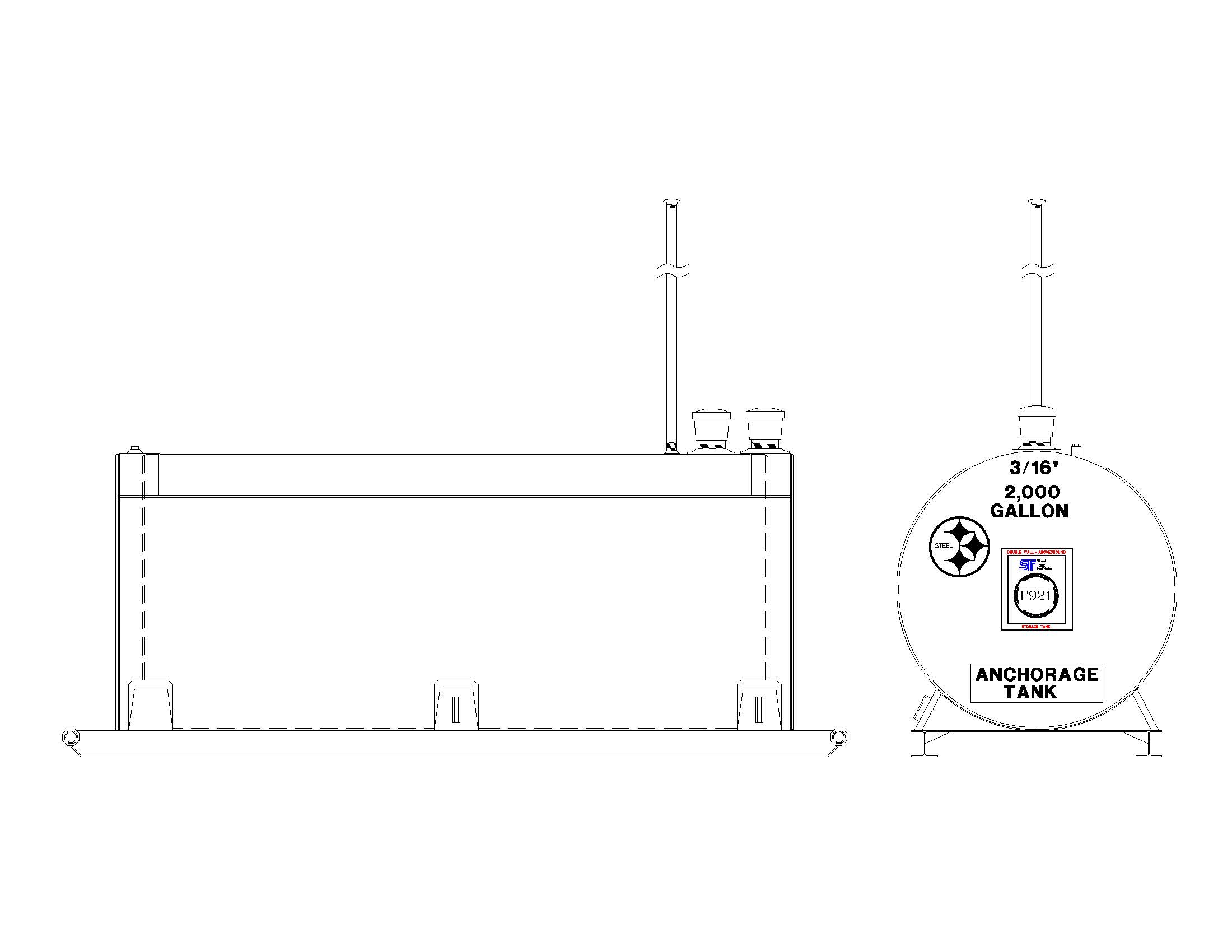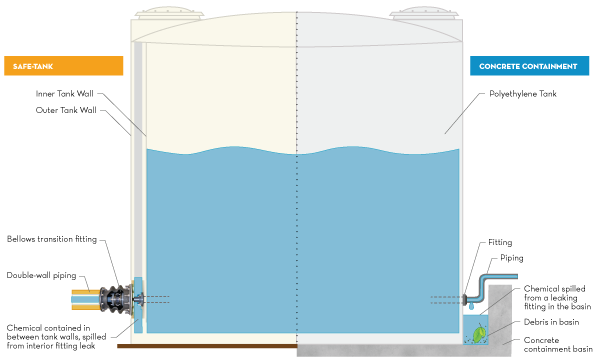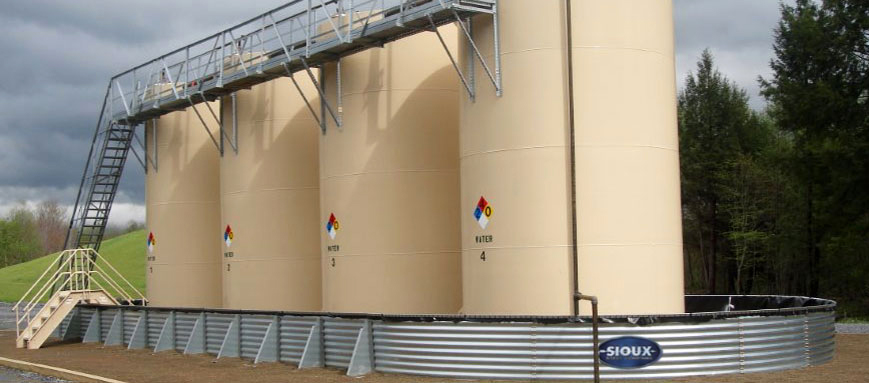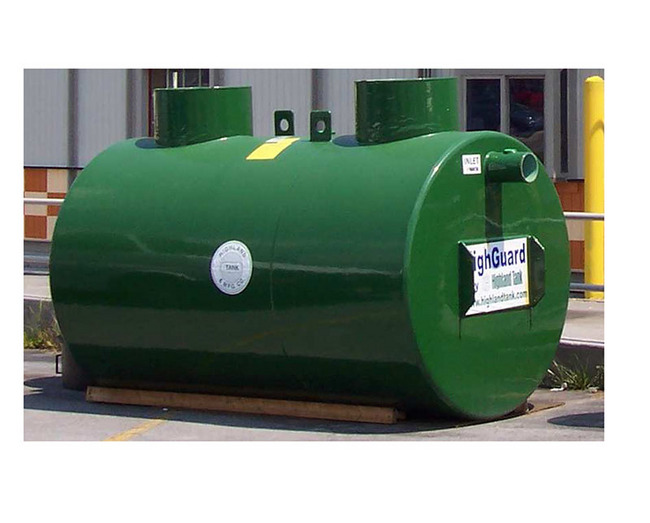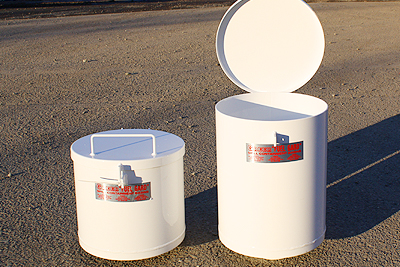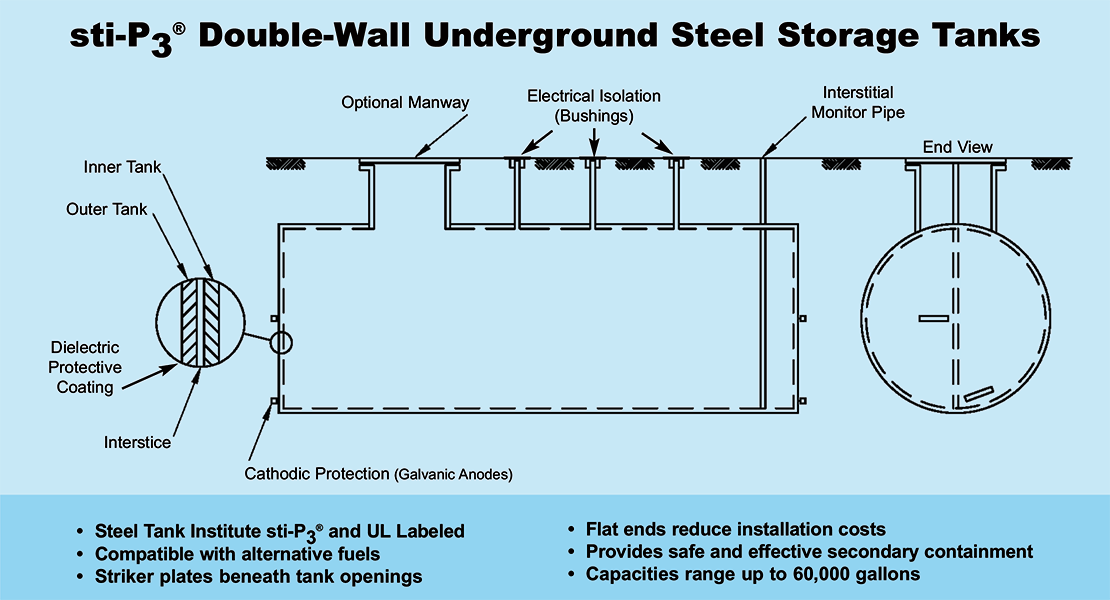A secondary containment system provides an essential line of defense in the event of a failure of the primary containment such as a bulk storage container a mobile or portable container piping or oil filled equipment.
Secondary containment for above ground fuel tanks.
Secondary containment for aboveground storage tanks facilities with aboveground storage tanks asts holding potential pollutants of any kind oils lubricants greases fuels kerosenes etc are likely to be subject to the spill prevention control and countermeasure spcc regulation 40 cfr part 112 required by the united states environmental protection agency epa.
Facilities with more than one tank must have secondary containment of at least 150 of the largest tank s volume or 10 of the total volume of all containers whichever is greater.
Tanks that are constructed with double walls or with integral dikes or pans that fulfill the secondary containment function are recognized in the proposed seventh addition of ul standard 142 standard for steel aboveground tanks for flammable and combustible liquids.
The spcc regulation does not specifically use the term ast but rather includes asts under the term bulk storage container.
Environmental protection agency requires spill prevention planning and secondary containment for asts at non transportation facilities that store 1 320 or more gallons of oil and or oil products.
Tanks must also meet the specific containment requirements.
Ast with a double wall for secondary containment.
If the secondary system is open to rainfall the system must be hold at least 4 5 inches of rainfall over the required containment volume.
Easily relocated clean no contaminated drainage to worry about disposing of dual wall secondary containment tanks are the preferred method of above ground liquid storage.
Containers that are less than 55 gallons in size do not need to be included in calculating storage capacity.
First we build a ul 142 inner tank and then wrap it with a ul 142 outer tank to create a secondary containment tank.
A means shall be provided to establish the integrity of the secondary containment in accordance with nfpa 30.
Secondary containment requirements pursuant to aboveground storage tank regulations all ast installations are to be constructed so that secondary containment of stored liquids is provided for the entire contents of the largest single container and enough freeboard to contain precipitation.
Uniform fire code 2000 edition.
Protected aboveground tanks shall be provided with secondary containment drainage control or diking.
Aboveground storage tanks facilities with aboveground storage tanks asts holding oils of any kind may be subject to u s.
